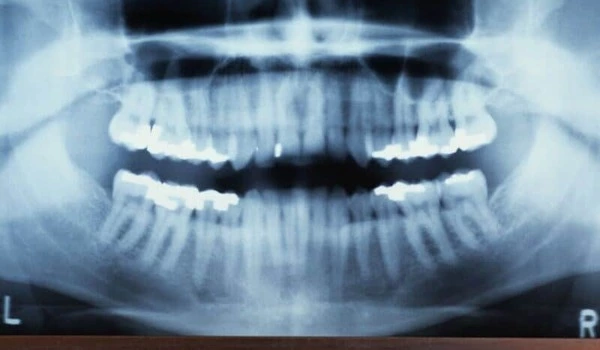In collaboration with the University of St Andrews, an international team of researchers has made a technological breakthrough for one of the most important forms of light imaging, optical coherence tomography (OCT), which could revolutionize applications in ophthalmology, dermatology, cardiology, and cancer detection.
The new study, published in Science Advances, was led by an international team of experts from the University of Adelaide in Australia, the Technical University of Denmark (DTU) in collaboration with the Aerospace Corp in the United States, and academics from the School of Physics and Astronomy at the University of St Andrews.
To date, developments in light imaging have been phenomenal. With its unique mix of simplicity, ease of use to retrieve highly resolved picture information, and versatility, its usage in biomedical imaging has achieved new heights in the previous decade. However, obstacles persist, such as recovering data from deep. A difficulty because light scattering in tissue obscures information at depth.
Our study breaks norms in optical imaging and I believe heralds a new path to recovering information at depth. OCT is a world established method to gain useful information on human health – our approach can enhance this even further.
Professor Kishan Dholakia
OCT relies on light being backscattered within the sample, which occurs when light, for example, passes between various layers of cells. It’s similar to the well-known natural phenomena of light being dispersed in a fog, which is made up of droplets of water with a different refractive index than the surrounding air and scrambles your view. The dispersion makes seeing through the fog difficult. Similarly, biological tissue cells (membranes and even smaller portions) reflect light, making imaging difficult. In fact, obtaining a detectable signal from depths more than 1 mm is extremely difficult due to a variety of reasons, including signal from intervening tissue.
The prevailing thinking holds that the OCT signal is dominated by light that has been backscattered once, whereas light that has been scattered (scrambled) numerous times is detrimental to picture formation. The researchers uncovered an alternative viewpoint: selective capture of such multiply dispersed light can result in better image contrast at depth, especially in highly scattering objects. They demonstrated how this might be easily achieved with minimal additional optics by relocating the light supply and collection routes.

Gavrielle Untracht, first author of the paper, from DTU said: “The results of our study could be the start of a new way of thinking about OCT imaging. Its so exciting to contribute to such a technological breakthrough in the well-established OCT field! “
Professor Kishan Dholakia, from the School of Physics and Astronomy at the University of St Andrews, said: “Our study breaks norms in optical imaging and I believe heralds a new path to recovering information at depth. OCT is a world established method to gain useful information on human health – our approach can enhance this even further.”
“The unique configuration, supported by our modeling, should redefine our view on OCT signal formation – and we can now use this insight to extract more information and improve disease diagnosis,” said Dr Peter Andersen, co-corresponding author from DTU.
The team believes their accomplishment will defy convention and usher in a new era of picture recovery at depth. The team is further strengthened by having granted and filed intellectual property in this field, and they are eager to see it translated. The present OCT market is worth $1.3 billion in 2021 and is expected to triple by the end of the decade.















